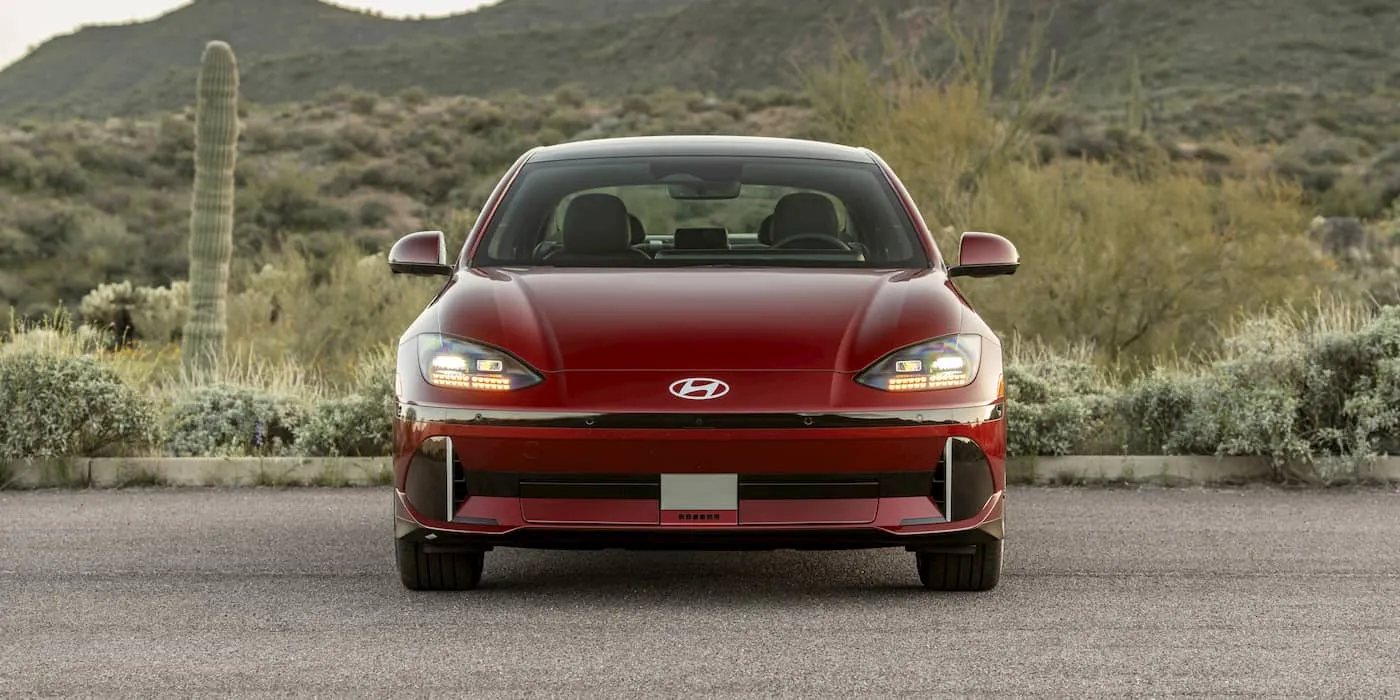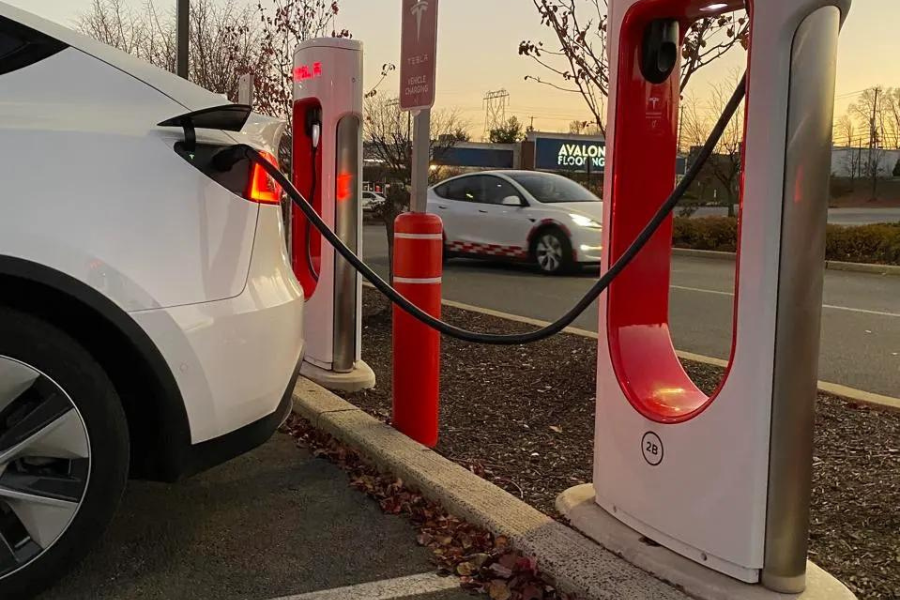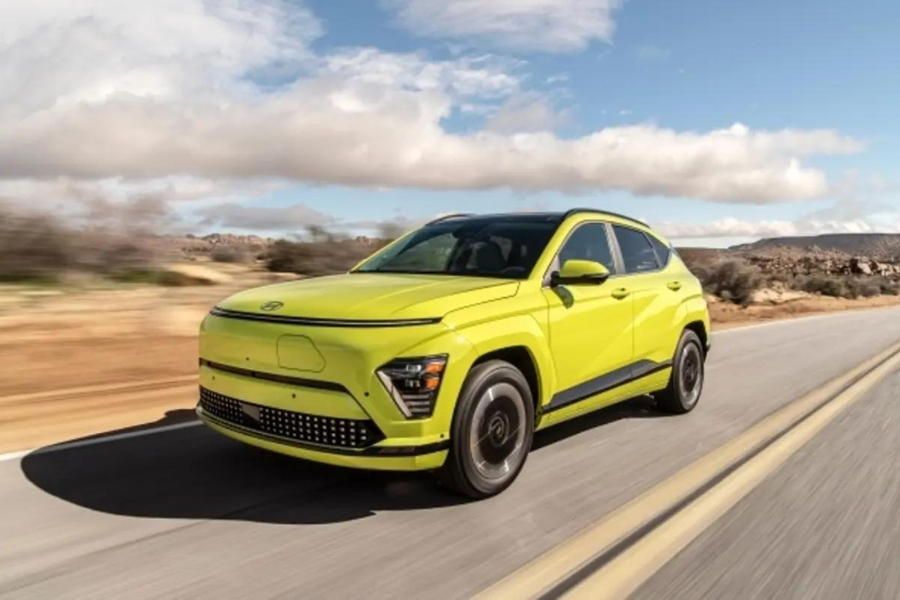Understanding how e-bikes and wheelchairs converge is essential in today’s evolving mobility landscape.
This convergence isn’t merely about transportation; it represents a shift towards inclusive design, bridging the gap between disability aids and everyday commuting tools.
The evolution of both e-bikes and wheelchairs has been driven by advancements in technology, catering to diverse user needs while enhancing accessibility.
As we delve deeper into this intersection, we uncover its potential for reshaping urban mobility as well as empowering individuals with disabilities. How exactly do e-bikes and wheelchairs converge? Let’s explore further.
The Convergence of Electric Bikes and Wheelchairs
At the crossroads of technology and mobility, we find a fascinating intersection: electric bikes (e-bikes) converging with wheelchairs. These two distinct modes of transportation serve diverse needs yet are evolving in tandem to redefine the landscape of adaptive mobility.
E-Bike Definition and Types
An e-bike is not just a regular bike; it’s an amalgamation of classic cycling mechanics and cutting-edge electrical power systems. This innovative blend has skyrocketed e-bikes into mainstream popularity as they provide flexible transportation solutions that cater to an array of users.
Diversity is at the heart of e-bike design. Various models have emerged over time, each catering to specific user requirements—from avid cyclists seeking speed or distance advantages right through to wheelchair users desiring increased autonomy in their daily travels.
The surge in e-bike use is not just about convenience or novelty but also about creating an inclusive environment. E-Bikes have broken down barriers for disabled people who may find conventional cycling unfeasible by offering them practical alternatives that do not compromise on comfort or safety.
Adaptive Technologies in Wheelchairs
In parallel with this surge in adaptable biking solutions, there have been significant advancements within another realm: wheelchairs. Today’s chairs are much more than medical devices; they’re instruments enabling independence through advanced features such as powered controls and custom seating configurations.
This evolution marks an important shift away from viewing disability purely as a limitation and towards focusing on functional capabilities instead. A particularly noteworthy innovation is the emergence of electric wheelchairs equipped with battery-powered motors for enhanced control over movement while minimizing physical exertion—a concept quite akin to what e-bikes offer their ridership community.
The intertwining trends between these two sectors e-biking and wheelchair technology are creating unprecedented opportunities for improved accessibility among those previously underserved by standard transport modalities.
Beyond serving mere functional purposes, there are substantial health benefits associated with using these technologically advanced mobility aids, especially among disabled individuals.
Stay tuned as we delve deeper into how harnessing devices like E-Bikes can positively influence overall well-being while significantly enhancing
Benefits of Electric Bikes for Wheelchair Users
The emergence of e-bikes has brought about a notable alteration in transport choices, particularly for those who use wheelchairs. The unique combination of physical and mental health benefits, reduced reliance on car trips, and increased social engagement make e-bikes an attractive alternative.
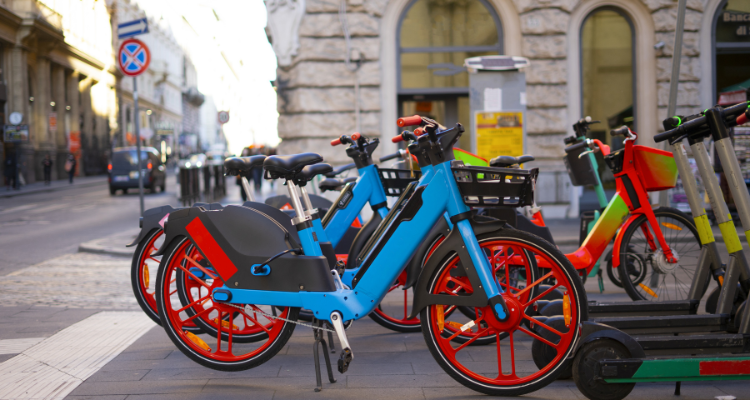
Health Benefits of E-Bikes for Disabled People
E-bike usage extends beyond experienced cyclists; it also offers numerous health advantages to disabled individuals. These machines allow those with mobility impairments to engage in low-impact exercise that can improve cardiovascular fitness and muscle strength – both critical components in maintaining overall wellness.
This active form of transportation aids not only physical well-being but cognitive function as well. It encourages outdoor activities, which are known to boost mood states and self-esteem – factors essential for good mental health. Beyond the individual’s direct benefits, using e-bikes contributes positively towards reducing road accidents involving vulnerable road users, such as those reliant on wheelchairs.
As they require less road space than cars yet offer similar utility value when considering short-distance travel within urban environments where traffic congestion is often problematic due to high volumes during peak hours, causing delays and frustrations, e-bikes provide a solution. They help alleviate the complications, difficulties, and challenges faced by wheelchair users, making urban mobility more accessible and convenient.
Enhancing Mobility and Accessibility
The evolution of urban environments is being shaped by the emergence of e-bikes and wheelchairs as vital modes of transport. E-bikes and wheelchairs are allowing those with disabilities or who prefer non-motorized transport to access public transportation more easily.
E-bikes present an eco-conscious alternative to conventional vehicles. They empower riders to traverse city streets without contributing to air pollution or traffic congestion. The micro-mobility revolution, fueled by these electric bicycles, holds promise for shared mobility systems that can augment public transit networks.
In parallel, advancements in wheelchair technology have enhanced the quality of life for numerous people with physical limitations. Contemporary wheelchairs grant users greater independence and freedom, allowing them full participation in their communities despite any mobility challenges they may encounter.
The Role Of Local Governments In Promoting Micromobility
Local governments carry a crucial responsibility in endorsing micromobility solutions like e-bikes and wheelchairs. By adopting inclusive policies and infrastructure enhancements such as dedicated bike lanes or ramp access points, cities can create safer environments that encourage sustainable transport practices while catering to all road users.
A key aspect involves designing urban spaces around the needs of billions of people worldwide who rely on these devices daily – whether it’s ensuring accessibility at bus stops or creating seamless connections between different modes of transport.
Incorporating Wheelchair And E-Bike Usage Into Urban Planning
Accessibility should be considered from both a design perspective and a policy implementation standpoint when incorporating wheelchair usage into city layouts. This means constructing buildings with easy access ramps, wide doorways, and ample parking facilities specifically designed for disabled individuals, among other considerations.
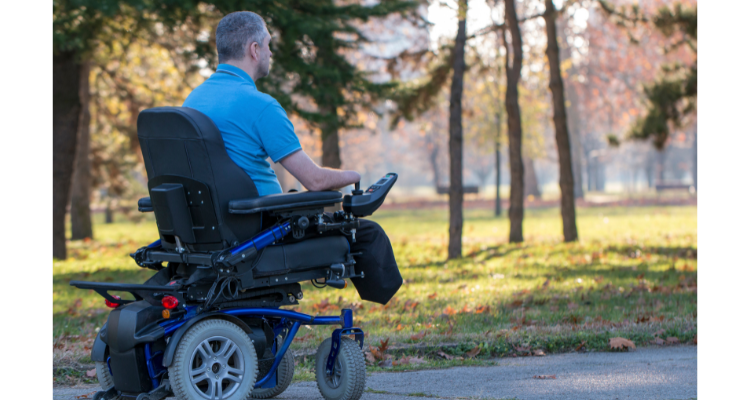
Furthermore, providing adequate charging stations throughout cities will ensure that e-bike users never run out of power mid-journey, thereby reducing reliance on fossil fuels even further.
Beyond physical infrastructure, however, lies another critical element: education about the rights and responsibilities associated with riding and using these devices safely and respectfully among other pedestrians and motorists alike. This fosters mutual respect and understanding among diverse road user groups, ultimately enhancing overall community well-being and safety standards across the board.
E-Bike Regulations and Road Safety
Grasping the rules governing e-bikes is vital for riders, pedestrians, and wheelchair users alike. It ensures safer roads and fosters harmonious coexistence among all road users.
Safety Concerns: E-Bikes vs Wheelchairs – The Stats
The burgeoning popularity of e-bikes has sparked an uptick in concerns about road safety. According to data from the National Highway Traffic Safety Administration (NHTSA), traffic crashes claimed approximately 857 bicyclist lives in the United States alone, with a significant number involving electric bikes. On another note, over 100,000 wheelchair-related accidents occur annually, as reported by the U.S. National Library of Medicine.
This underscores why it’s paramount for both e-bike riders and wheelchair users to comprehend their responsibilities when sharing public spaces like sidewalks or roads.
Dedicated Bike Lanes: A Panacea?
Cities can bolster travel safety through dedicated bike lanes that provide cyclists—including those on e-bikes—a designated space away from motorized vehicles while minimizing potential conflicts with pedestrians or individuals using wheelchairs.
A case study demonstrates how dedicated bike lanes substantially reduced collisions between cyclists and motorists while enhancing overall traffic flow, providing better protection for people using mobility aids such as wheelchairs.
Understanding E-Bike Laws and Regulations
To further enhance safety standards, various laws have been enacted governing electronic bicycle use.
- Federal law categorizes electric bikes into three classes based on speed capabilities” Class I (up to 20 mph), Class II (also up to 20 mph but includes throttle assistance), and Class III (up to 28 mph).
- Riders must be at least sixteen years old before they’re legally allowed to operate any type of electronic bicycle within these classes across most states.
- Helm
Exploring the realm of electric bikes and wheelchairs has been an eye-opening experience. We’ve seen how these two mobility aids have evolved over time, adapting to user needs and leveraging technological advancements. From offering health benefits to enhancing urban accessibility, their convergence is reshaping our perception of transportation.
Safety measures are key in this shared mobility revolution, with regulations playing a crucial role for both wheelchair users and e-bike riders alike. If you’re inspired by this intersection of technology and inclusivity…
And if you believe in a future where everyone enjoys seamless mobility…invites you to join us on this exciting journey. Together, we can enhance the quality of life while redefining what it means to move freely within our cities.
Final Words

